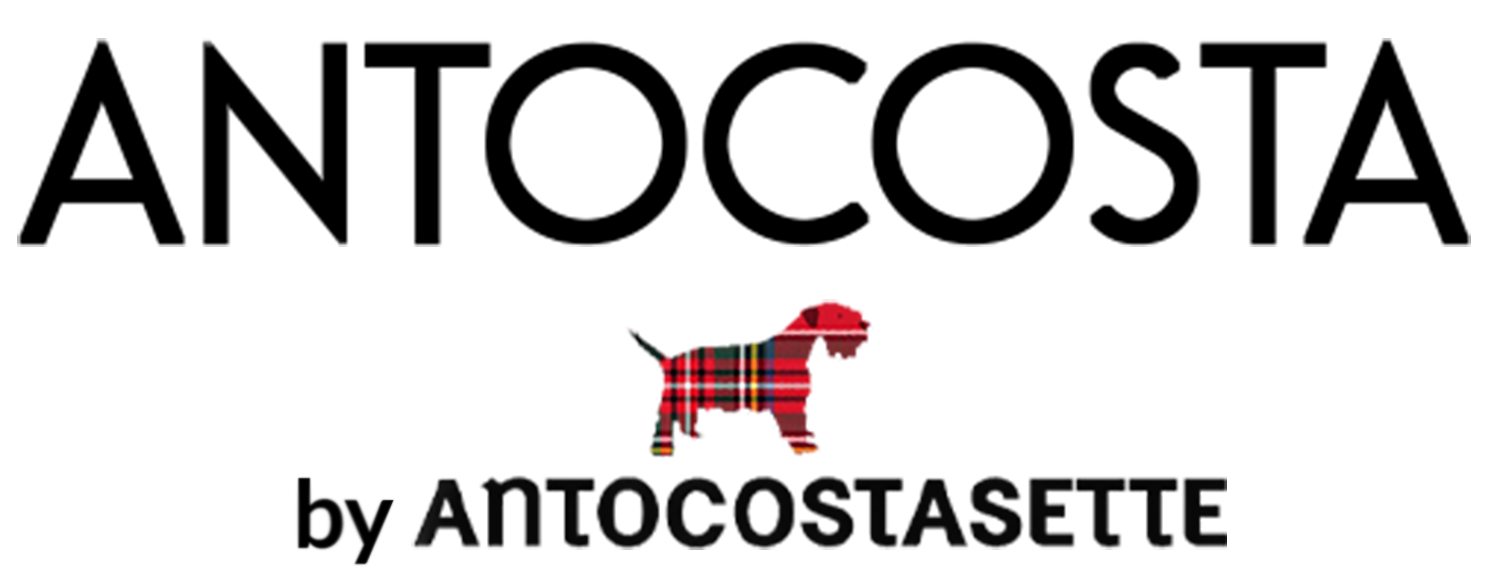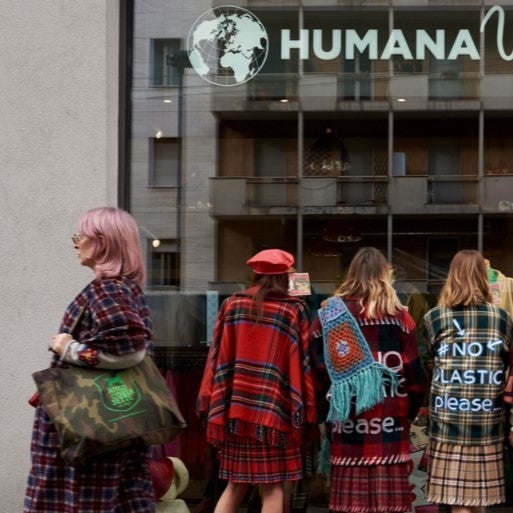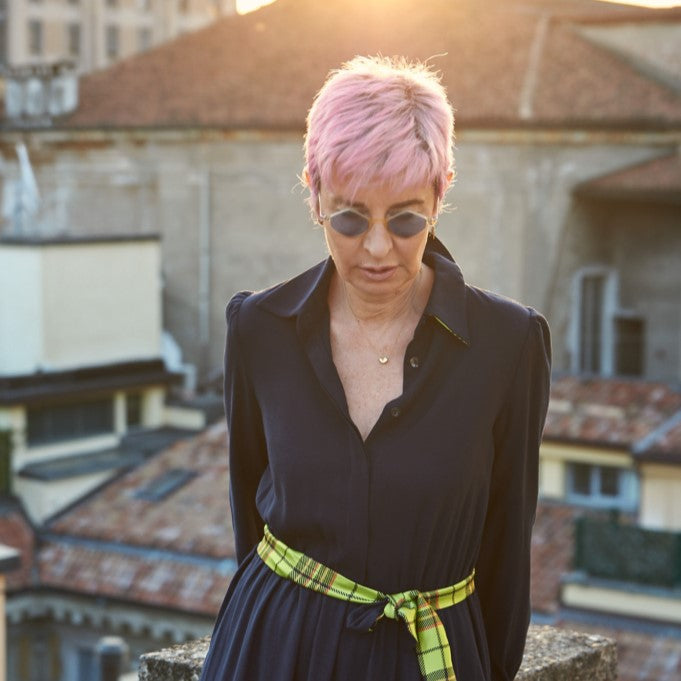TheFashionPolitan: AntoCostaSette, ho tartan voglia di
I looked up what Japan and Scotland had in common, and in the end I found essentially three things: whiskey, an – apparently unforgettable – 2019 rugby match, and Antonella Costantino.
The “dear Mrs. Costa” of the emails, who in her non-virtual life is actually Costantino, drinks whiskey in moderation, doesn’t follow rugby, but creates Japanese kimonos with Scottish tartan fabrics, authorizing our imagination – the one that has no yellow, orange or red zones – to think of us as citizens of the world, and not just inhabitants of our home. So much for Covid.
Can you say kimono with surprise? Because if you turn around, raise an arm, do a turn and do it again, those kimonos there have a detail you don’t expect: a hand-painted design, an interior of another color, “alternative” sleeves. I said it.
And I also say that this universe reminds me, to my great joy, of what remains of fashion that does not copy, proud of its uniqueness, creative, made a little for us nostalgic, a little for the “new conscious”, and for the aesthetes.
And I also say that this universe reminds me, to my great joy, of what remains of fashion that does not copy, proud of its uniqueness, creative, made a little for us nostalgic, a little for the “new conscious”, and for the aesthetes.

However, Antonella arrived in Antocostasette after various circumferences, short circuits and parallel roads; the smell of the fabrics, the sound of the wooden rollers on the haberdashery counters, and the threads attached to the clothes had already given her a fairly clear path. But sometimes, old loves come back sooner or later, and only when we’re ready to love are those authentic stories born, where even bad luck doesn’t make you run for your life.
It must be said that it was all the fault of her mother, Elsa Grisanti, that Antonella became what she is. Elsa was sent by her parents from Mantua, where the Germans took away everything they could, to Milan, to the tailor’s shop of her uncle Battistino, in Via Vincenzo Monti. She lived in Piazza Firenze, where the streetcar 1 passed by, which she took to go see Paolo Natale Costantino, her future husband who had come from Messina to study engineering. Legend has it that Elsa sometimes fainted from chilblains because she went out with shoes and clothes too light (anticipating the street style) and that Paul once sent her home because she came to the appointment too “weird” and with high heels too high, so much so that stood out on his boyfriend in an inappropriate way.
Paolo left his house in Milan, one of the few available that “rented to the terroni”, took Elsa, a dressmaker and now also a model, married her in Mantua, and moved to Rome, where he founded his own elevator company.
In Rome, the Costantino’s already had fabric stores, as well as in Milan, since the grandmother in the early ‘900, from Messina with love, with her husband sailor, to maintain her and her 5 children had set up a small business of production of dowries. A small business that later became big.
In Rome, the Costantino’s already had fabric stores, as well as in Milan, since the grandmother in the early ‘900, from Messina with love, with her husband sailor, to maintain her and her 5 children had set up a small business of production of dowries. A small business that later became big.
Since her move to the capital, Elsa never went back to work, but her passion for clothes was so great that she made clothes for her family every day, while on weekends she took Antonella and Cinzia, her other daughter, and took them first to choose fabrics in Piazza Argentina, to one of their relatives who had a store, then to Aunt Maria who worked at Valentino’s as an embroiderer, to ask for updates on trends.
At home Cinzia read tons of books, Antonella sewed with her sewing machine called Milly and learned all the tricks from her mother. Like the fact that if you want to iron your coat, just leave it outside the balcony at the mercy of the Milan fog, as well as if you want curly hair (and bad headaches too).

Despite her great passion, however, Antonella did not start looking for a job in fashion: after her accounting studies, she enrolled in Economics and Commerce, and went into politics for affairs of the heart, until her father asked her to help him in the company, where she remained for twenty years.
For all those years, when her father was away on business or vacation, she dyed her hair. At 24, the company’s notary called her “the blue-haired lady.”
For all those years, when her father was away on business or vacation, she dyed her hair. At 24, the company’s notary called her “the blue-haired lady.”
“And then comes fashion?” you may ask.
No, then comes marriage and pizza. Here comes the first daughter, Flaminia, and for 4 years the management of a pizzeria, until she meets Alessio, gives up the first husband, and 43 years has the second child and the third change of life, Milan.
No, then comes marriage and pizza. Here comes the first daughter, Flaminia, and for 4 years the management of a pizzeria, until she meets Alessio, gives up the first husband, and 43 years has the second child and the third change of life, Milan.
Re-enters in politics, to drop it after a short time disappointed and declare herself ready to resume a discourse suspended for too many years, fashion, but the one that does not run. Tired of fast fashion, of unnecessary expenses, of the vacuous charm of those colorful windows full of cleverly copied clothes, she decided to create a brand that could offer clothes that would last a lifetime, like those of the past. Remember the grandmothers’ saying “one thing but good?” That’s it.

Antocostasette was therefore born four years ago, first of all for Antonella, for a need of hers, taking up her love at first sight, the tartan. The spark broke out that day when she entered the room of her neighbor Maria Rita, the childhood friend of her sister Cinzia, whose father at the time was a bank manager and therefore travelled a lot in Europe. Maria Rita had her room decorated with English furniture, with a wooden rocking chair covered in tartan that was wonderful for her, and a royal-sized plush Lessie.
From there on, her mind has always associated tartan with something beautiful and untouchable, linked to freedom. Punk, Vivienne Westwood, grunge, all had taken up tartan.
And she never stopped researching and collecting tartan pieces, so much so that part of her collections are made up of vintage pieces that serve as a canvas for hand-painted messages, for the creation not only of sought-after garments, but above all walking posters.
As a good daughter of the sixties, she is convinced that even with fashion the world can be changed, with or without tartan. So she took a Zara coat and wrote “No plastic” on it, she recovered a Vichy coat and drew the flag of peace on it, she collaborated with Humana Vintage for the realization of some kilts.
Very attentive to sustainability, she is always looking for associations with which to collaborate for the preservation of the environment, and also the fabrics she uses are inventories, she does not produce anything new.
As a good daughter of the sixties, she is convinced that even with fashion the world can be changed, with or without tartan. So she took a Zara coat and wrote “No plastic” on it, she recovered a Vichy coat and drew the flag of peace on it, she collaborated with Humana Vintage for the realization of some kilts.
Very attentive to sustainability, she is always looking for associations with which to collaborate for the preservation of the environment, and also the fabrics she uses are inventories, she does not produce anything new.

This is because she wants to leave a better world to her children, it’s a question of responsibility; in fact Antonella doesn’t aspire to have fixed customers, but to those girls, women, who buy the garment for life, not disposable skirts. Period.
As soon as the pandemic will allow it, she will move to Houston, to bring overseas the made in Italy, its sustainable message and also a healthy dose of beauty.
Funny, and beautiful the universe, which puts you on the road to what really makes you alive; bravo to us who have the courage to remove that veil of Maya from our eyes to throw ourselves into the most intense void we can fill. And no, it’s never too late.


